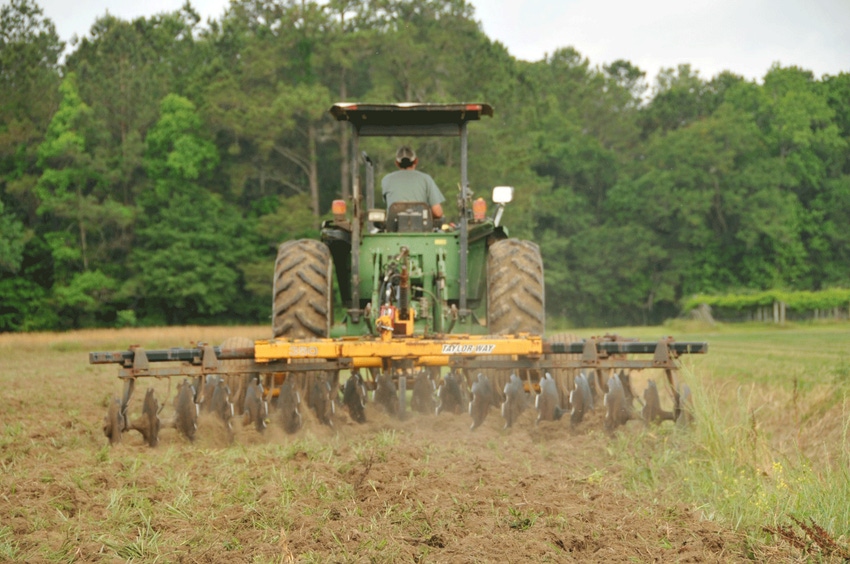March 30, 2016

Crops abandoned after last year’s South Carolina flood could be problematic as the 2016 planting season gets under way. As farmers look to trim costs after a historically bad year, investments in soil fertility could be more important than ever.
South Carolina farmers lost an estimated $375 million or more worth of crops from last year’s historic floods. Those floodwaters likely washed away nutrients vital to crop productivity this year as well.
“This year is going to be tight budget-wise, but we don’t want you to save a few bucks on fertilizer and sacrifice the yield that might make or break your year,” said Clemson University Cooperative Extension agent David DeWitt.
Farmers may need to apply even more fertilizer than they have in past years and should have soil sampled for nutrient content, he said.
Clemson Extension agents and financial experts have been meeting with farmers to craft annual budgets, identifying ways for each grower to trim costs and boost land productivity.
“The bottom line is they’re going to watch every penny they spend because they don’t have a penny to spend,” said Extension agent Charles Davis.
Some growers are reducing seeding rates slightly in an effort to reduce cost with the expectation fewer seeds won’t sacrifice yield, he said.
“We’ve really got to get a home run on yield this year,” Davis said.
Nearly 235,000 acres of cotton, soybeans and peanuts were left to rot last year because farm equipment couldn’t access the soggy, saturated fields, according to figures from the U.S. Department of Agriculture. That’s one-third of the state’s cotton, soybean and peanut crop left in the field, the worst planted-to-harvested ratio in state history, the USDA reported.
Really ugly, nasty messes to deal with
Now, farmers must work around those crops, particularly peanut vines. The vines could wrap around planters or pile up in fields, adding work for farmers already racing against time and weather to plant their crops, Davis said.
“Those are really ugly, nasty messes to deal with. Every time you go through it’s going to be an issue for you, whether you’re spraying or trying to harvest in the fall,” Davis said. “I’m really hoping that those vines are rotting up enough that they won’t be a problem. It’s got the potential to be a real headache.”
Farmers should mow down abandoned crops if they have time, he said.
The unusually wet winter already has growers behind on land-prepping duties like burning down weeds. Flooding left soil compact, so farmers had the added task of tilling this year, as well, DeWitt said. Many fields remained inaccessible until the beginning of March, so tasks typically done in January and February have been on hold, he said. Farmers have been working long days to get back on schedule, he said.
Corn planting has begun. Planting for cotton, peanuts and soybeans will follow in April and May.
Weather looks favorable for now. Growers can expect above-average temperatures and below-normal rainfall this growing season, said Mark Malsick of the State Climatology Office. The expected hot, dry weather does not forecast to be so extreme as to cause drought, however, he said.
“But it’s something we’re watching very closely,” Malsick said. “Of course, one hurricane could change everything we’re seeing now.”
The hurricane season could be active as the El Nino that disrupted weather around the world for the past year fades away. An El Nino is an unusual warming of the tropical waters in the Pacific. Those waters are cooling rapidly, so the antithesis of an El Nino, a La Nina, could develop this year.
“La Ninas typically give us a more active hurricane season,” Malsick said.
The hurricane season runs from June 1 through Nov. 30.
Some farmers, meanwhile, still have small ponds sitting in lowland fields, Davis said.
“I still have some ponds with peanuts floating around in them,” Davis said. “It slows you down. It’s an aggravation, but you’ve just got to work around them. Even if we dry up enough to dry out those bottoms, it’s going to be too dry everywhere else.”
You May Also Like




